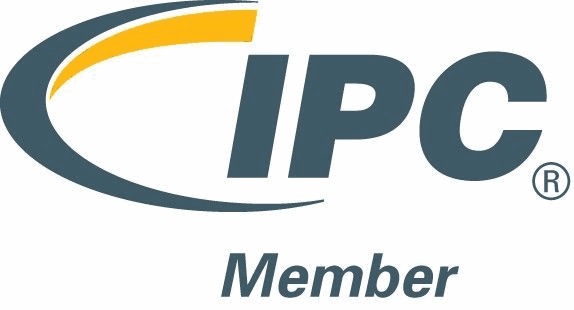Failure analysis is a method of quality assurance used across a wide variety of industries, not limited to printed circuit board manufacturing and assembly. Failure analysis is considered to be one of the most effective methods of quality control, as it determines root cause for any product issues found at the end of the manufacturing process. When effective failure analysis is utilized, customers can rest assured that the product that they receive will be as reliable and functional as the test itself - all the while allowing a company to improve their processes and improve quality long into the future. Discover what is involved during a proper failure analysis procedures below:
Expertise is Key to Effective Failure Analysis
The key to implementing effective failure analysis lies in the expertise of the operators carrying out these procedures. Failure analysis results are meaningless without a workforce that is capable of interpreting them - it is crucial that the company you partner with for printed circuit board assembly projects are highly trained in this arena. The key to efficient analysis is not only knowing what tests to conduct, but also to understand and anticipate the possible types of failures that may be detected.
A well-trained test conductor will easily target which faults occur as a result of misaligned layers or poor solder joints, which lead to issues concerning opens, shorts, and interrupted signals. These professionals will also easily spot which faults are the result of performance degradation, which may be impacted by improper etching or lack of environmental protection. Anything from delamination to printed circuit board breakage can be detected using failure analysis— it is up to the test operators to interpret the failure analysis results correctly and produce reliable end products for their customers.
Every Failure Analysis Method Stems from FMEA
While specific methods of failure analysis can take on many forms, each testing process generally follows the same failure mode and effect analysis structure. Though it is used across industries, this “FMEA” approach to manufacturing proves especially useful for locating the highly specific functional problems that may arise during a PCB assembly.
The first step during any FMEA operation is to map out every possible mode of failure that an assembly can demonstrate. After that initial step, the following failure analysis steps focus on anticipating the locations of possible failures in each product, as well as the probability of failure, to determine the best possible detection methods. PCB failure analysis often reveals failures that occur as a result of specific design stressors, such as mechanical or electrical faults.
For example, if a board appears to fail as a result of fabrication-induced residual stresses, the assembly’s soldering process should be analyzed to determine whether or not it is the cause of failure. Applied electrical stress failures, on the other hand, can be detected and addressed using electrostatic discharge tests and environmental stress screening. Because there are many different types of failures that can occur, there is not one straightforward failure analysis test, but rather, the basic FMEA steps guide the analysis of every unique PCBA project.
The Most Important Key for Failure Analysis
Most importantly, failure analysis works best as a fail-safe. If a manufacturer must rely on overly-repetitive failure analysis procedures to determine how to best construct a PCB assembly, it will cost the company valuable time and resources. A quality supplier will have a firm grasp on what does and does not work during PCB manufacturing and assembly, producing high-quality products from the start, so that failure analysis can be used simply as a final quality check for small potential errors.
Proper failure analysis is one of the most integral steps for the successful adoption of a continuous improvement mindset, making it a core service of our company. MPL values quality in everything we do, which is why our RMA percentage is impressively low— most recently recorded reaching 0.01%. That level of quality manufacturing is the direct result of consistent production procedures and thorough failure analysis testing.




